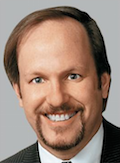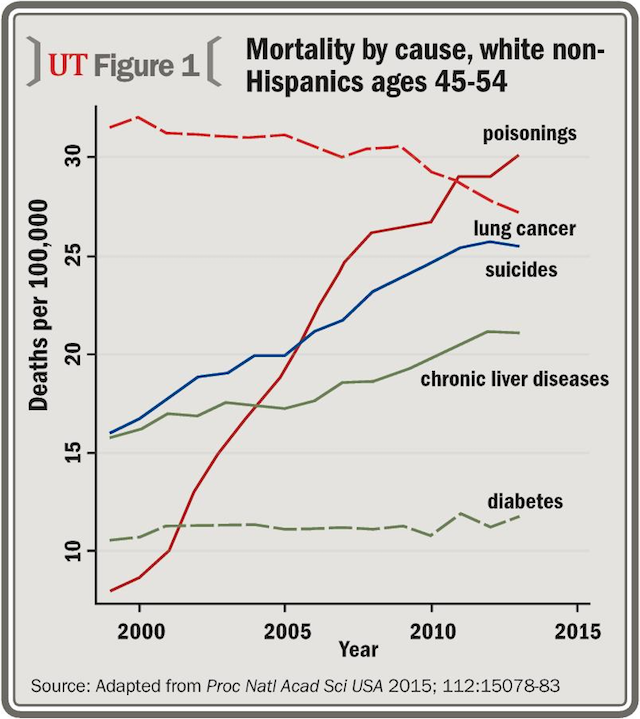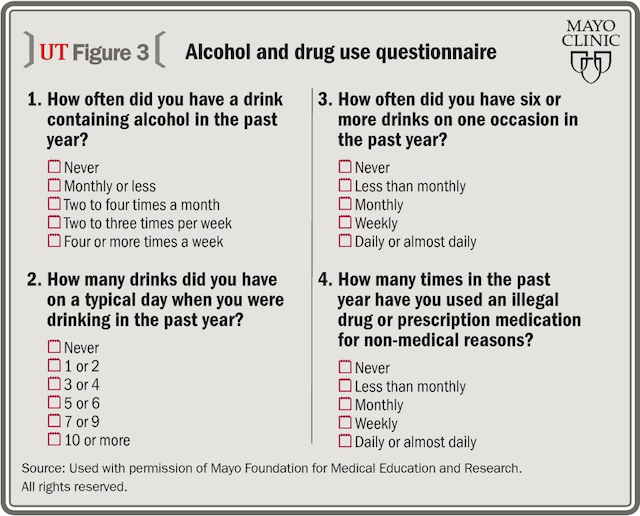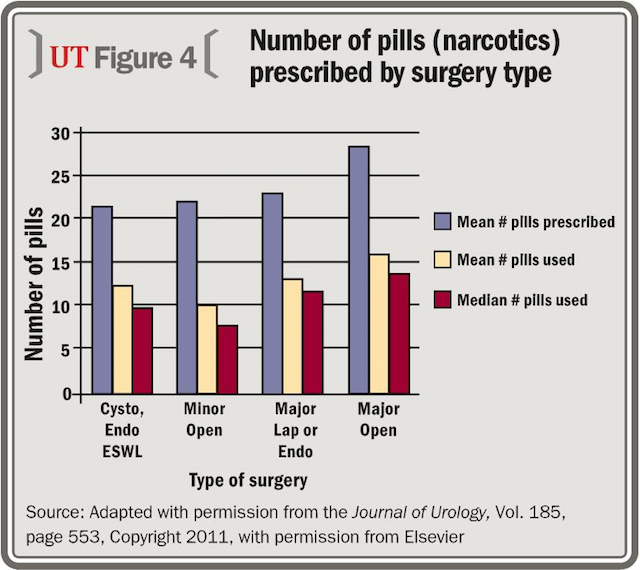Article
Why are middle-aged Caucasian men dying earlier?
Author(s):


After decades of gradually declining rates, the death rate for middle-aged Caucasian Americans has steadily increased since 1999 for both men and women. In fact, the overall life expectancy for all white Americans decreased for the first time in 20 years, declining 0.1 years between 2013 and 2014, according to the Centers for Disease Control and Prevention (www.cdc.gov/nchs/fastats/life-expectancy.htm). Cardiovascular disease and cancer are still the largest killers, but gradual improvement in treating these two conditions continues. Thus, a search for a better understanding of the worsening trend for middle-aged white Americans has ensued.
Read - Can BPH and prostate cancer be prevented?
This article examines the factors behind worsening health in this population-in men in particular-and the role urologists play in addressing these problems.
Why the decrease in life expectancy?
A closer look at the middle-aged Caucasian Americans population has led to some interesting trends, as reported by Princeton economist Angus Deaton, who won a Nobel Prize in 2015 for his work. For all other races in America and in other industrial nations, middle-aged death rates have been consistently decreasing. But from 1999 to 2013, all-cause mortality for middle-aged white Americans increased significantly. The largest increase in mortality was seen with poisonings (drug overdose), suicides, and chronic liver disease (figure 1) (Proc Natl Acad Sci USA 2015; 112:15078-83).

Most agree the beginning factor leading to these changes is the significant increase in opioid drug use in America, where opioid prescribing has quadrupled since 1999. Not surprisingly, the death rate from opioid overdose has also quadrupled, and more than 165,000 people have died since 1999. America is 5% of the world’s population but uses 80% of all narcotics, and prescription drug abuse has become a national epidemic. As opioid regulation has increased, drug users have turned to heroin and fentanyl with similar increases in deaths, according to CDC data (figure 2). The trends have been most significant for less educated, rural, middle-aged white American males (Proc Natl Acad Sci USA 2015; 112:15078-83).
Also see: What is driving younger men to seek treatment for ED?
In August 2015, the crisis prompted U.S. Surgeon General Vivek Murthy, MD, MBA, to send a letter to every physician asking for help in dealing with epidemic by signing a pledge at www.TurnTheTideRx.org. In the letter, Dr. Murthy urges providers to educate themselves to treat pain safely and effectively, screen patients and connect them with evidence-based treatment, and treat addiction “as a chronic illness, not a moral failing.” Dr. Murthy requested providers use alternative pain relief methods prior to opioids, such as physical therapy and non-addictive medications, and if opioids are needed, prescribing the lowest dose for the shortest duration.

In a rare case of bipartisan action last July, Congress passed and President Obama signed into law the Comprehensive Addiction and Recovery Act, authorizing $181 million for evidence-based prevention, treatment, and recovery programs for addiction disease.
Next: Role of urologists
Role of urologists
What do urologists have to do with all of this? As men’s health experts, it is important to understand the major obstacles facing men today and take advantage of every opportunity to educate our patients each time we have the pleasure of providing service to them. For some men, a urologist may be the first provider they have seen in years. From the 20-year-old presenting with scrotal pain, to the 35-year-old vasectomy consult, to the 50-year-old beginning to have voiding and sexual dysfunction issues, every moment spent face to face is an opportunity to discuss the common health challenges men face in 2016.

The AUA Men’s Health Checklist (2014) recommends addressing alcohol/substance abuse and mental health issues, including suicide, depression, and post-traumatic stress disorder for men of all ages. For comprehensive men’s health clinics, an assessment of mental issues is crucial and may identify those patients at greatest risk. The Patient Health Questionnaire (PHQ-9) for mental health and the four-question Alcohol and Drug Use Questionnaire (figure 3) are quick screening tools easily used in clinical practice. Urologists are not formally trained in primary care, but recognizing and identifying patients who are at risk for other health issues and referring as needed will be important in reversing the concerning trends in middle-aged white American men.
Read - Delay from biopsy to RP: Who is at risk of recurrence?
Another area where urologists can impact opioid addition is prescribing practices for narcotics, especially in the postoperative setting. A study by Bates et al (J Urol 2011; 185:551-5) showed that the median number of pills prescribed for various urologic procedures ranged from 21.7 to 28.6, but the median number of pills used ranged from 8 to 14 (figure 4). Only 58% of the pain medications were consumed and 92% of patients received no instructions on proper disposal of excess medications as recommended by the FDA. Similar findings have been shown in numerous other surgical specialties.

Giving patients more pain medication than needed potentially increases the risk of drug abuse, not only with the patient but also with other family members who have access to the extra medications. Reports of drug users stealing prescription drugs from family, neighbors, and friends are well documented. Best practice for providers who prescribe opioids must include screening for substance abuse and mental health problems, using the lowest effective dose and quantity, and utilizing prescription drug monitoring programs, which has become the law in many states.
Conclusion
Urology has a significant role in promoting men’s health, which extends beyond the traditional pillars of male sexual dysfunction and voiding dysfunction. The worsening health trends for middle-aged Caucasian American males are troubling and will require a multidisciplinary approach to help men live a healthy life to the fullest potential, but may be first addressed by urologists in their next clinic.
More from Urology Times:
Long-term TRT improves urinary, erectile function
Study offers practical insights on TRT use
Prostate Ca surveillance study has global implications
Subscribe to Urology Times to get monthly news from the leading news source for urologists.
















